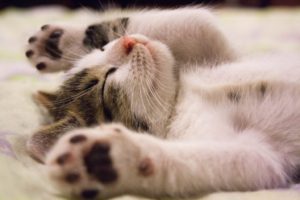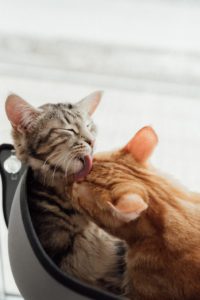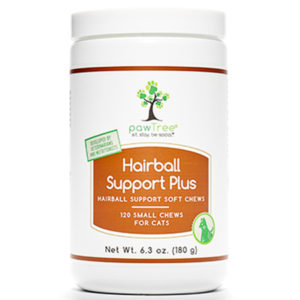 According to the Mayo Clinic, a bezoar (BE-zor) is a solid mass of indigestible material that accumulates in the digestive tract. Bezoars usually form in the stomach, occasionally in the small intestine, and rarely, in the large intestine, even forming blockages. They are classified according to the material they are comprised of, and believe it or not…humans get them too!
According to the Mayo Clinic, a bezoar (BE-zor) is a solid mass of indigestible material that accumulates in the digestive tract. Bezoars usually form in the stomach, occasionally in the small intestine, and rarely, in the large intestine, even forming blockages. They are classified according to the material they are comprised of, and believe it or not…humans get them too!
- Phytobezoars consist of indigestible food fiber, particularly fruit, vegetables and seeds.
- Trichobezoars are composed of hair or fibers (from clothing or carpeting). In young girls who twirl and chew their own hair, this is known as “Rapunzel’s syndrome,” but this is the type most often referred to when speaking of fur balls and pets.
- Pharmacobezoars are composed of medications that don’t properly dissolve in the digestive tract.
These problematic masses may pass through the digestive tract on their own, or in the case of our feline friends…be regurgitated into your favorite slipper or bedside carpet. Some though cause grave suffering and need to be surgically removed, so hairballs (as they are sometimes called) are serious enough to have their own Awareness Day, April 24th, to bring their potential complications to mind.
 How Do They Happen?
How Do They Happen?
Cats are fastidious! They groom themselves a lot. When they lick their fur, tiny hook-like papillae on their tongue catch and swallow loose hairs, much of which passes easily through their digestive tract. Some hairs however, sit in the stomach and join forces with more hairs, ultimately forming a bezoar which can become dangerous to your feline best friend. If the clump can exit the stomach, it may end up in your kitty’s litter box, but other times, she may try to pass it by coughing it up. What comes out (of either end) truly is not a ball, but rather more of a disgusting sausage shaped clump of hair. If you cat though cannot pass the object, she may stop eating due to a bad tummy ache and must then be seen by a veterinarian to alleviate the obstruction.
Warning Signs
When the fur clumps form a mass, your cat may let you know by exhibiting some of these signs:
- Inability to eat or lack of interest in food
- Constipation
- Weight loss
- Choking/Unproductive coughing
- Vomiting
How to Prevent Bezoars?
1) Our feline friends need regular grooming because just like us, they feel better when they are clean and healthy, so brush the kitty, brush the kitty, brush the kitty to remove dead and loose fur.
2) Add fiber to your cat’s diet in the form of pumpkin, sweet potato puree (1/2 – 1 teaspoon daily. Don’t overdo it though, as it can be a remedy for constipation.) to help keep fur balls away. It’s smooth, most cats prefer the taste to the pastes sold in pet stores, or petroleum jelly sometimes used as a home remedy. The pumpkin or sweet potato will push hair through their digestive tract, not allowing it to stay in the stomach and form a clump.

BETTER YET! Make hairballs a thing of the past!
Feed your kitty HAIRBALL SUPPORT CHEWS! This comprehensive supplement contains fiber and oils that help to prevent and eliminate hairballs. Your cat will love these delicious soft chews!
Key Benefits of Hairball Support Chews:
- Comprehensive fiber-based formula
- Delicious chew your cat will LOVE them!
- Developed by Veterinarians and Nutritionists & mde in the U.S.A.
Hairball support and grooming are your best preventives, but anytime something is not right with your cat, a check-up at the vet is the best course of action, and having pet insurance can provide peace of mind for whatever the doctor prescribes. Some cats shed a lot due to thyroid issues, so get to the root of the problem, and help your kitty cat stay healthy and trouble-free by your side.









